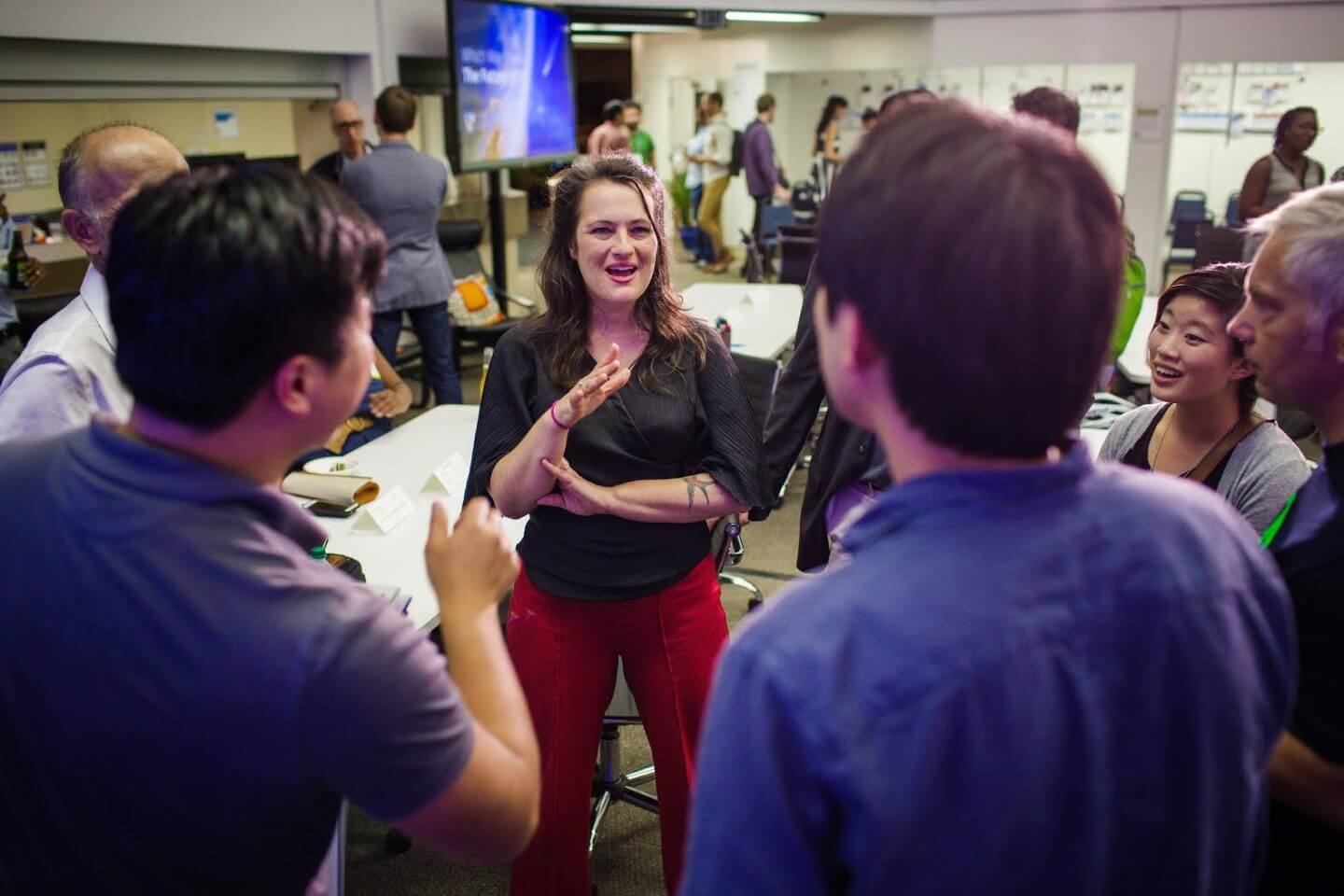We’ve spent the last month investigating many angles within virtual reality—from its implications on the web, to how VR can create peak emotional experiences on demand, to discussing whether it is okay if we prefer VR to our own physical reality.
Last week, we brought the dialogue to Singularity University with the Future of Virtual Reality Event. After demos and during a panel discussion at the event, the speakers hit on an area that we have yet to cover in depth—learning and education.

During the panel, Jazmin Cano, co-founder of VR gaming company Winistry and previously lead tech artist at Discovr Labs, guided the conversation to the subject of education and how we might use VR to create educational environments that are conducive for learners that thrive in more visual and immersive settings.
Picture this: You’re a ninth grade student enrolled in a mandatory biology course, and science is not your forte. Every time you sit down in class and watch the daily PowerPoint lecture, you struggle to follow the teacher and walk out realizing you captured pages of notes, but no real understanding of the subject matter.
It’s frustrating.
One day, you find a VR headset sitting at each table, and your teacher explains that today you’ll learn about the inner workings of the human bloodstream. You put on the headset, and the next thing you know, you’re flying through the bloodstream. You see cells passing by, and there’s even a little guy guiding you through the session, explaining each variable you’re interacting with as it passes.
It turns out this scenario is already happening.
“There’s actually one child from the children’s hospital who tried it, and he was dyslexic, so reading from pages was hard for him in the first place,” Cano said. “But being able to go into the body and learning that way, he was able to understand how the body works more than from just reading it. And that’s something that we think could really help a lot of people.”

One of the largest challenges facing education is the one-size-fits-all model that most curriculums follow. For the many students who are different types of learners—visual, experiential, spatial, kinesthetic—traditional classroom learning models leave them in the dark. The information simply does not stick.
Imagine taking tests in VR with a personal guide that adapted to the learning style of each user—reading exam questions to auditory learners, or creating a more peaceful test-taking environment for those who experience testing anxiety.
Currently, different types of learners are disadvantaged in the classroom and pigeonholed as low performers. Many times, however, it has nothing to do with the intelligence of the individual. The possibilities opened by bringing VR to the classroom for these students would literally be gamechanging—grade changing.
“If I had learned science with VR, I would have been a straight A student.” – Ryan Pulliam

We’d love to hear from you: Tweet to us @singularityhub or to me @DigitAlison with your ideas and comments.
Image Credit: Shutterstock.com



